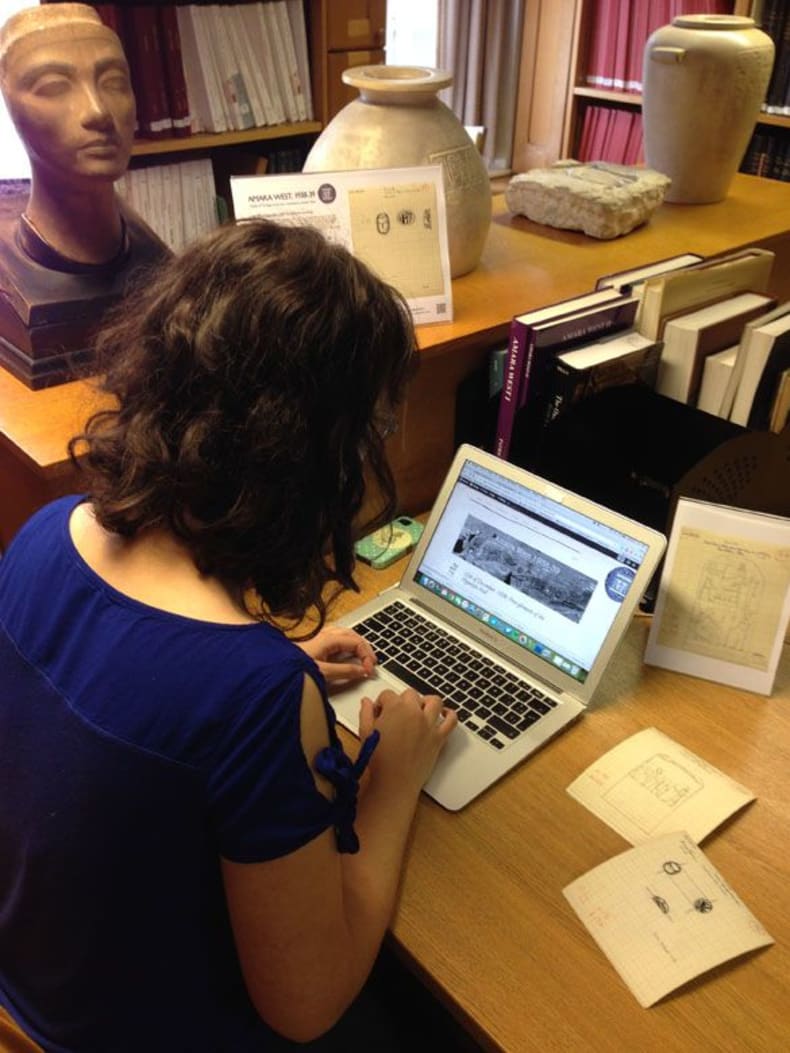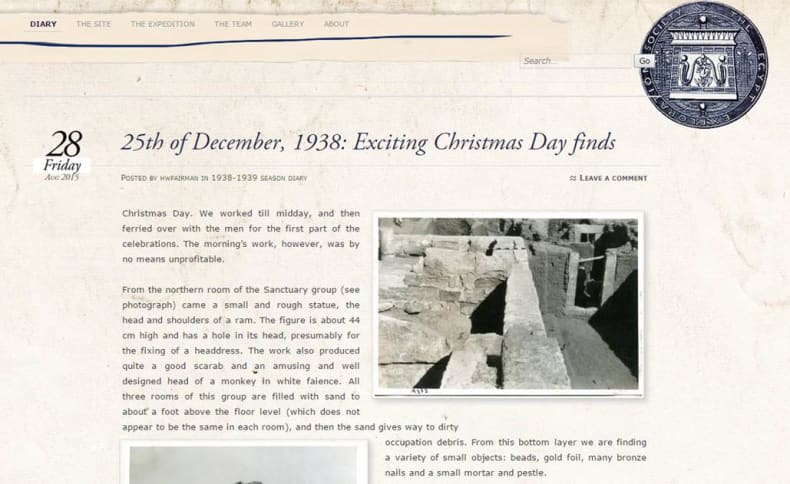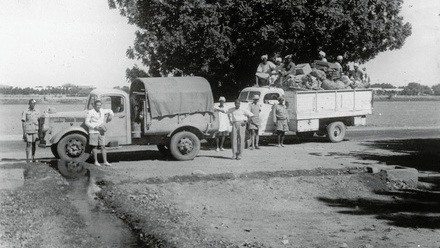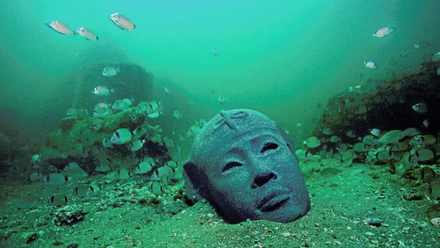Amara West 1938-39
As part of her UCL Advances Internship, and following The Egypt Exploration Society’s aim to consider new ways of exploring archives, throughout August Elina Rodríguez Millán curated a small exhibition at the Society’s London office. It revolved around The EES’s 1938-1939 field season at Amara West, and was based on the documentation of the site housed in the Lucy Gura Archive. Here Elina discusses her exhibition, entitled ‘Amara West, 1938-39: Diaries of The Egypt Exploration Society excavations at Amara West’.

Archives are a highly relevant testimony of archaeological work. They are not only a source of information for researchers to reinterpret the obtained data, but also a good way to discover how Egyptologists and archaeologists worked in the past. The Egypt Exploration Society’s Archive, the Lucy Gura Archive, contains plenty of information about excavations carried out by the Society since it was founded: correspondence, dig diaries, negatives and photographs, object cards, tomb cards, etc. These can be pieced together to reconstruct the discoveries and the work that took place at the sites.
In the case of Amara West, a settlement founded by Seti I and located south of the Third Cataract in Sudan, the information from the Lucy Gura Archive is especially important, as it was never fully published, with the exception of some brief excavation reports. It wasn’t until 1997, when Patricia Spencer published Amara West: The Architecture Report, that the work carried out by the Egypt Exploration Society at the site was really brought to light.
Amara West was first excavated by the Egypt Exploration Society during the season starting in 1937, under the direction of Herbert Walter Fairman, right after he and his team left the site of Sesebi. The works continued in 1938 and 1939, but weren’t resumed until 1947, due to World War II. Peter Lewis Shinnie directed the last two seasons (1948-1949 and 1949-1950).
This exhibition followed the 1938-1939 season at the site, during which the temple and its surrounding area, as well as several tombs outside the town walls, were excavated. It reunites the information from the correspondence between H.W. Fairman and Mary Jonas (The EES’s secretary at the time), the dig diary, object cards, and the architecture and object photographs, to tell the story of what happened during part of this field season.
The online part of the exhibition, which can be found at eesamarawestexpedition.wordpress.com, has the form of a website, with both static content and a blog. Every blog entry is a slightly modified transcription of H.W. Fairman’s dig diary, including matching photographs and object cards, of the areas excavated and the objects found. Meanwhile, the static content gives information about the expedition, its team, and the previous season at the site. This kind of website could have been created by any archaeological team working in Sudan or Egypt nowadays - like the blog of the British Museum team that currently works at Amara West - only with information from the 1930s.

The dig diary of Amara West reinterpreted online by Elina via www.eesamarawestexpedition.wordpress.com
To make it more realistic, some Twitter accounts and an Instagram account were created for some of the members of the archaeological team. This allowed me to share more information from the correspondence that, although not purely archaeological, added some more details to the image of the archaeological season created by the diary.
The exhibition had also a physical part, displayed all over the Egypt Exploration Society office and library, which was changed along with the blog posts. It also included photographs, object cards and excerpts of the Amara West dig diary.
The aim of the exhibition was to share a small part of the rich Lucy Gura Archive, and underline the relevance of archives as safekeepers of information, and even stories. It also highlighted the need for good archaeological documentation and its preservation to be able to understand and reinterpret the excavated sites



